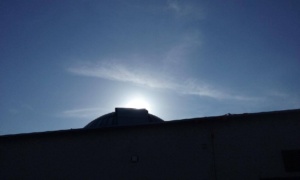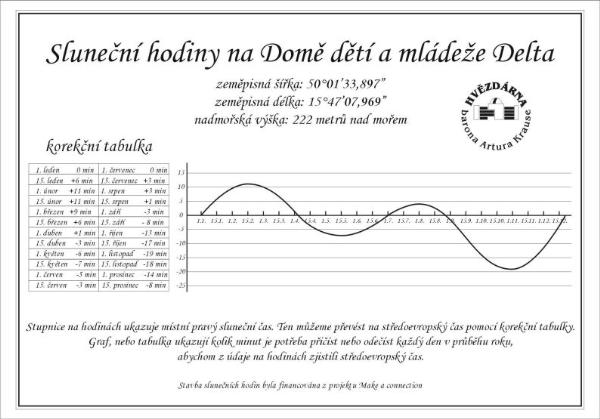
10. may 2018 launched the Pardubice observatory DDM Alfa its professionally focused program for monitoring and recording solar activity in the spectral line H-Alpha, therefore, in the narrow line of hydrogen in which there are observable structures in the solar chromosphere, i.e. the dynamic field of our Sun, in which one can observe interesting phenomena, such as prominences, filaments, active regions, and exceptionally the eruption.
Pupils of schools in addition we show the image processing through the NAFE from Prof. Miloslav Druckmüller of VUT in Brno. Monitoring and recording of solar activity is a long-term view of the extremely important areas of astronomy. It focuses on the object with which directly related to life on planet Earth. A full understanding of the processes and long-term periods which are in the Sun regularly repeated is the task of Solar physics. First who safely realized that the Sun is not immutable perfect spheres was an Italian astronomer and a pioneer of telescopic astronomy, Galileo Galilei who first spotted the mysterious solar spots. After a very long period of time then they were just these spots the base and the only indicator of solar activity. A contemporary technique, however, allows you to look at the Sun in other wavelengths than visible light. One of the most accessible is thus a spectral line of hydrogen, H-Alpha. The project is open to all serious candidates from among the general public, especially II. Grades of elementary schools and middle schools, as interesting supplement hours of physics.
Solar clock (curiosity)
The scale on a clock shows the local true solar time. That we can convert to central European time by using the table. A graph or table showing how many minutes are needed to add or subtract each day during the year, the order of the data on the hours found in central European time.



